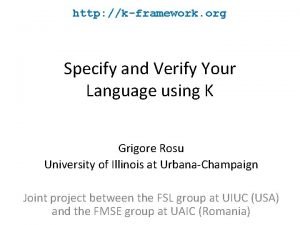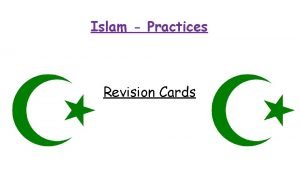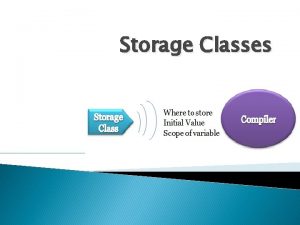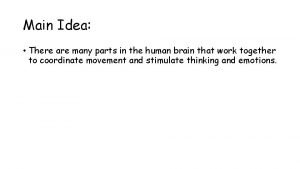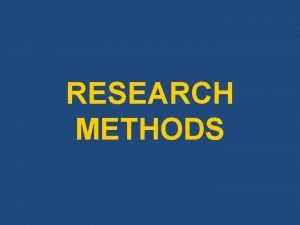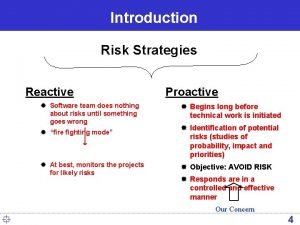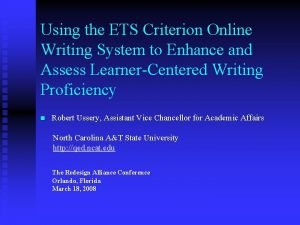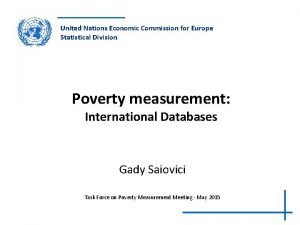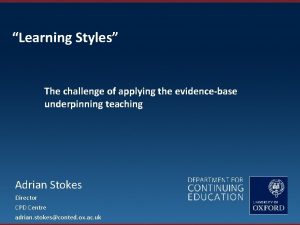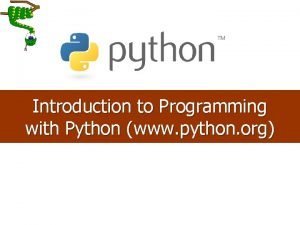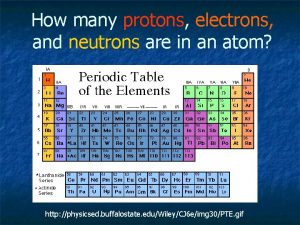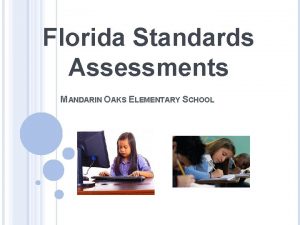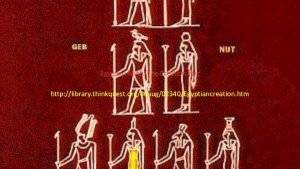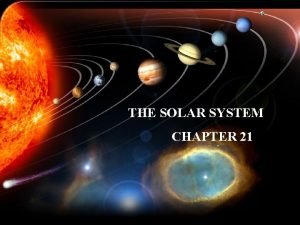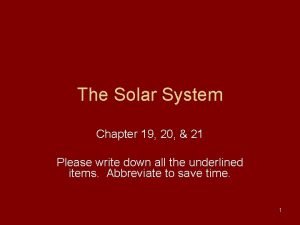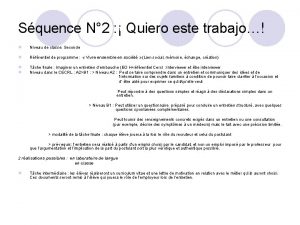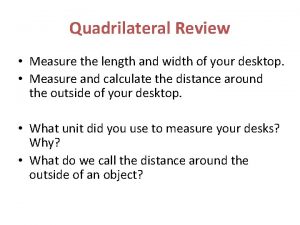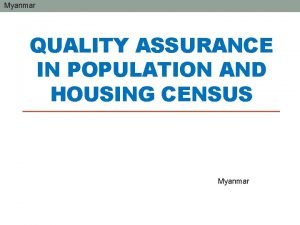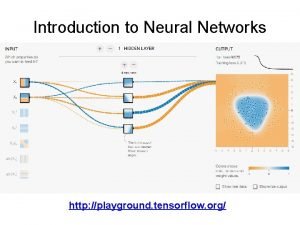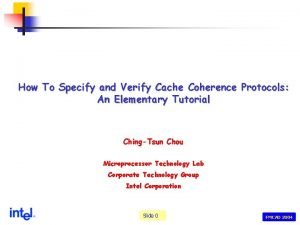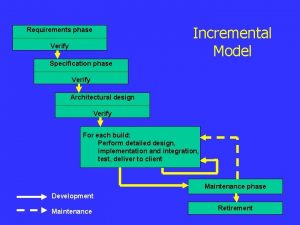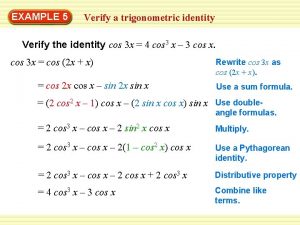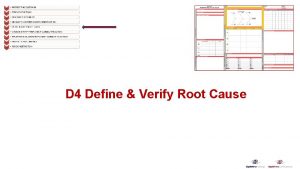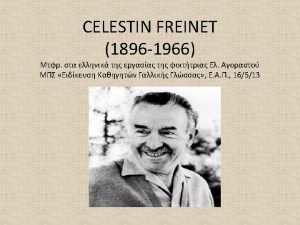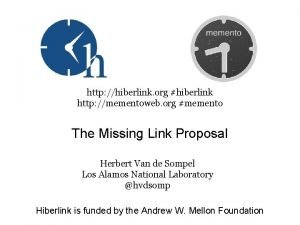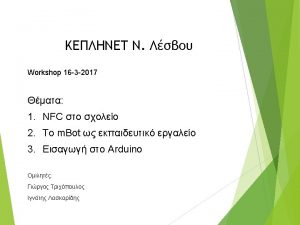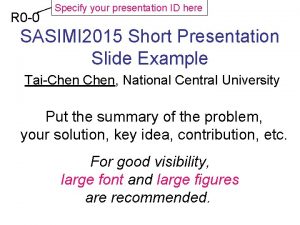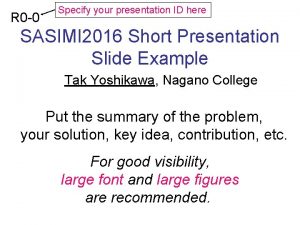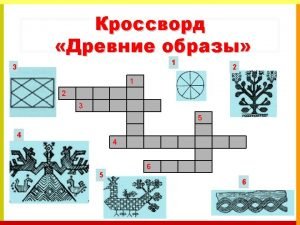http kframework org Specify and Verify Your Language
































![More Formally: Reasoning • We can now prove (using [FOL] reasoning) properties about configurations, More Formally: Reasoning • We can now prove (using [FOL] reasoning) properties about configurations,](https://slidetodoc.com/presentation_image_h/9ec3a7318bc402ad41687efcb0ce8536/image-33.jpg)











- Slides: 44

http: //k-framework. org Specify and Verify Your Language using K Grigore Rosu University of Illinois at Urbana-Champaign Joint project between the FSL group at UIUC (USA) and the FMSE group at UAIC (Romania)

K Team • UIUC, USA – – – – Grigore Rosu (started K in 2003) Cansu Erdogan Patrick Meredith Eric Mikida Brandon Moore Daejun Park Andrei Stefanescu Former members – – – – Kyle Blocher Peter Dinges Chucky Ellison Dwight Guth Mike Ilseman David Lazar Traian Serbanuta • UAIC, Iasi, Romania – – – – Dorel Lucanu Traian Serbanuta Andrei Arusoae Denis Bogdanas Stefan Ciobaca Gheorghe Grigoras Radu Mereuta Former Members – – Irina Asavoae Mihai Asavoae Emilian Necula Raluca Necula

Vision and Objective Parser Interpreter Deductive program verifier Test-case generation Formal Language Definition (Syntax and Semantics) Compiler (semantic) Debugger Model checker Symbolic execution

Current State-of-the-Art in PL Design, Implementation and Analysis Consider some programming language, L • Formal semantics of L? – Typically skipped: considered expensive and useless • Implementations for L – Based on some adhoc understanding of what L is • Model checkers for L – Based on some adhoc encodings/models of L • Program verifiers for L – Based on some other adhoc encodings/models of L • …

Example of C Program • What should the following program evaluate to? int main(void) { int x = 0; return (x = 1) + (x = 2); } • According to the C “standard”, it is undefined • GCC 4, MSVC: it returns 4 GCC 3, ICC, Clang: it returns 3 By April 2011, both Frama-C (with its Jessie verification plugin) and Havoc "prove" it returns 4

A Formal Semantics Manifesto • Programming languages must have formal semantics! – And analysis/verification tools should build on them • Otherwise they are adhoc and likely wrong • Informal manuals are not sufficient – Manuals typically have a formal syntax of the language (in an appendix) – Why not a formal semantics appendix as well?

Motivation and Goal We want a semantic framework which makes it easy, fun and useful to define programming languages and to reason about programs!

Our Approach Parser Interpreter Deductive program verifier Test-case generation Formal Language Definition (Syntax and Semantics) Compiler (semantic) Debugger Model checker Symbolic execution

Formal Language Definition (Syntax and Semantics) If one needs a Ph. D to define a language, then we have already failed.

Complete K Definition of Kernel. C

Complete K Definition of Kernel. C Syntax declared using annotated BNF …

Complete K Definition of Kernel. C Configuration given as a nested cell structure. Leaves can be sets, multisets, lists, maps, or syntax

Complete K Definition of Kernel. C Semantic rules given contextually <k> X = V => V …</k> <env>… X |-> (_ => V) …</env>

Underlying Semantics • Best explained in terms of graph rewriting – Double pushout gives true concurrency in the [ICGT’ 12] presence of configuration sharing • Also by translation to rewrite logic – Generic translation of graph rewriting (slow) – Eliminating sharing (fast but loses concurrency) • Currently how K is implemented • Most users are not aware of K’s complex semantics; don’t need it in order to use K

Implementation (Java) Front-end Two SDF-based parsers generated, one for programs (concrete syntax) and one for the semantics (concrete + abstract + K syntax) – One can also use custom parsers for programs Back-ends Maude+Z 3 (most features); Latex; Java+Z 3 (prototype); Coq, ACL 2 (in progress) Maude+Z 3 SDF Latex Custom Java+Z 3 Coq, ACL 2

K Demo • Using Kweb, an online interface to K – http: //kframework. org

K Scales Besides smaller and paradigmatic teaching languages, several larger languages were defined • Java : 1. 4 by Chen &Farzan, and 7 by Bogdanas • Verilog : by Meredith and Katelman • Phyton : by Guth • C : by Ellison etc.

K Configuration and Definition of C Heap … plus ~1200 rules … 75 Cells!

K Semantics are testable! Parser Interpreter Formal Language Definition (Syntax and Semantics) (semantic) Debugger

Testing the K definition of C • Tested on thousands of C programs (several benchmarks, including the gcc torture test, code from the obfuscated C competition, etc. ) – Passed 99. 2% so far! – GCC 4. 1. 2 passes 99%, ICC 99. 4%, Clang 98. 3% (no opt. ) • The most complete formal C semantics [POPL’ 12]

Comparisons of C Semantics

Formal Language Definition (Syntax and Semantics) Model checker

Model Checking C Programs • Detects bugs in finite-state C programs; e. g. , races • Not discussed here

Deductive program verifier Formal Language Definition (Syntax and Semantics) Symbolic execution

Many different State-of-the-Art program logics for properties: FOL, • Redefine the language using“state” a different semantic HOL, Separation logic… approach (Hoare/separation/dynamic logic) • Very language specific, error-prone; e. g. :

State-of-the-Art • Thus, these semantics need to be proved sound, sometimes also relatively complete, wrt trusted, operational semantics of the language • Verification tools developed using them • So we have an inherent gap between trusted, operational semantics, and the semantics currently used for program verification

Deductive program verifier Our Proposal • Use directly the trusted operational semantics! Formal Language Definition (Syntax and Semantics) – Has been done before (ACL 2), but proofs are low-level (induction on the transition system) and language-specific Symbolic execution • We propose a language-independent proof system – Takes operational semantics as axioms – Derives reachability properties – Is sound and relatively complete

Need a means to specify static and dynamic program properties Deductive program verifier Formal Language Definition (Syntax and Semantics) Symbolic execution

Matching Logic for Static Properties http: //matching-logic. org • Logic for specifying static properties about program configurations and reason with them – Generalizes separation logic • Key insight: – Configuration terms with variables are allowed to be used as predicates, called patterns! – Semantically, their satisfaction means matching

Examples of Patterns • x points to sequence A with |A|>1, and the reversed sequence rev(A) has been output |A| >1 • untrusted()can only be called from trusted()

More Formally: Configurations • For concreteness, assume configurations having the following syntax: (matching logic works with any configurations) • Examples of concrete (ground) configurations:

More Formally: Patterns • Concrete configurations are already patterns, but very simple ones, ground patterns • Example of more complex pattern • Thus, patterns generalize both terms and [FOL]
![More Formally Reasoning We can now prove using FOL reasoning properties about configurations More Formally: Reasoning • We can now prove (using [FOL] reasoning) properties about configurations,](https://slidetodoc.com/presentation_image_h/9ec3a7318bc402ad41687efcb0ce8536/image-33.jpg)
More Formally: Reasoning • We can now prove (using [FOL] reasoning) properties about configurations, such as

Matching Logic vs. Separation Logic • Matching logic achieves separation through matching at the structural (term) level, not through special logical connectives (*). • Separation logic = Matching logic [heap] SL: ML: [OOPSLA’ 12] • Matching logic realizes separation at all levels of the configuration, not only in the heap – the heap was only 1 out of the 75 cells in C’s def.

Need a means to specify static and dynamic program properties Deductive program verifier Formal Language Definition (Syntax and Semantics) Symbolic execution

Reachability Rules for Dynamic Properties • “Rewrite” rules over matching logic patterns: (generalize to conditional rules) • Since patterns generalize terms, matching logic reachability rules capture term rewriting rules • Moreover, deals naturally with side conditions: turn into

Expressivity of Reachability Rules • Capture operational semantics rules: • Capture Hoare Triples:

Reachability Logic • Language-independent proof system for deriving sequents of the form where A (axioms) and C (circularities) are sets of reachability rules • Intuitively: symbolic execution with operational semantics + reasoning with cyclic behaviors

Proof System for Reachability Proves any reachability property of any lang. , including anything that Hoare logic can (proofs of comparable size) [FM’ 12] Sound (partially correct) and relatively complete [ICALP’ 12], [OOPSLA’ 12], [LICS’ 13]

Traditional Verification vs. Our Approach Traditional proof systems: language-specific Our proof system: language-independent

Match. C Demo?

Example – Swapping Values • What is the K semantics of the swap function? • Let $ be its body $ rule <k> $ => return; …</k> <heap>… x|->(a=>b), y|->(b=>a) …</heap> if x = y rule <k> $ => return; …</k> <heap>… x|-> a …</heap> if x = y

Example – Reversing a list $ • What is the K semantics of the reverse function? • Let $ be its body rule <k> $ => return p; </k> <heap>… list(x, A) => list(p, rev(A)) …</heap>

Conclusion: It can be done! Parser Interpreter Deductive program verifier Test-case generation Formal Language Definition (Syntax and Semantics) Compiler (semantic) Debugger Model checker Symbolic execution
 Kframework
Kframework Risk information sheet in software engineering
Risk information sheet in software engineering Risk analysis in software engineering
Risk analysis in software engineering 10 pillars of islam
10 pillars of islam If you don't specify a storage class for a variable
If you don't specify a storage class for a variable Specify which part of the brain includes calliculis
Specify which part of the brain includes calliculis Example of time dimension in research
Example of time dimension in research List the primitives that specify a data mining task.
List the primitives that specify a data mining task. Systematic attempt to specify threats to project plan
Systematic attempt to specify threats to project plan Reactive risk management in software engineering
Reactive risk management in software engineering How many codons are needed to specify three amino acids?
How many codons are needed to specify three amino acids? Which of the following is not a data mining functionality?
Which of the following is not a data mining functionality? Give us your hungry your tired your poor
Give us your hungry your tired your poor Http //mbs.meb.gov.tr/ http //www.alantercihleri.com
Http //mbs.meb.gov.tr/ http //www.alantercihleri.com Siat.ung.ac.id
Siat.ung.ac.id Http://www.blueplanetbiomes.org/world_biomes.htm
Http://www.blueplanetbiomes.org/world_biomes.htm Http//oh.portal.airast.org
Http//oh.portal.airast.org Criterion online writing
Criterion online writing Http://www.caaspp.org
Http://www.caaspp.org Http://hdr.undp.org/en/data
Http://hdr.undp.org/en/data Http://www.pbs.org/ktca/liberty/
Http://www.pbs.org/ktca/liberty/ Mbgnet.mobot.org
Mbgnet.mobot.org Http://www.caaspp.org
Http://www.caaspp.org Http //pisa.ets.org/school questionnaire
Http //pisa.ets.org/school questionnaire Www.python
Www.python Http://www.finaid.org/calculators/loanpayments.phtml
Http://www.finaid.org/calculators/loanpayments.phtml Learning style education planner
Learning style education planner Www.python
Www.python How many protons are in o
How many protons are in o Http://hdr.undp.org/en/countries
Http://hdr.undp.org/en/countries Http://fsassessments.org
Http://fsassessments.org Http://library.thinkquest.org
Http://library.thinkquest.org Http://www.blueplanetbiomes.org/world_biomes.htm
Http://www.blueplanetbiomes.org/world_biomes.htm Http://www.waterforsouthsudan.org
Http://www.waterforsouthsudan.org Http://nineplanets.org/
Http://nineplanets.org/ Http://www.nineplanets.org
Http://www.nineplanets.org Http://www.nineplanets.org
Http://www.nineplanets.org Http://nineplanets.org/
Http://nineplanets.org/ Quiero ser bombera corrigé
Quiero ser bombera corrigé Insidechnsf
Insidechnsf Http://www.piday.org/million/
Http://www.piday.org/million/ Logisys student portal
Logisys student portal Www.dop.gov.mm http //myanmar.unfpa.org/census
Www.dop.gov.mm http //myanmar.unfpa.org/census Playground neural network
Playground neural network Http://www.stopdisastersgame.org/
Http://www.stopdisastersgame.org/
